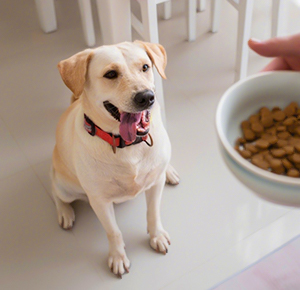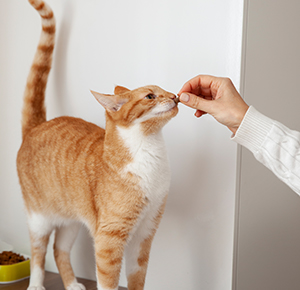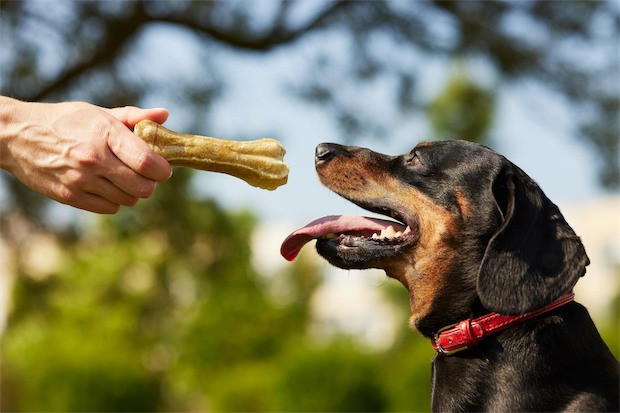Pet Care Guide
A place to find all the knowledge about pet feeding: Everything you need to know for better pet feeding, Learn how to feed your pet the right way, Find helpful tips for your pet'’s happy, healthy life.



SPECIAL DIET
Hydration Support Bone & Muscle Multivitamin Support Dental Health Joint & Urinary Health Digestive Health Skin & Coat For Sterilized Pets
What's Best for Your Pet?
Answer a few questions to find the right food for your pet.
Get Food Suggestions
SPECIAL DIET
Hydration Support Bone & Muscle Multivitamin Support Dental Health Joint & Urinary Health Digestive Health Skin & Coat For Sterilized Pets
What's Best for Your Pet?
Answer a few questions to find the right food for your pet.
Get Food Suggestions

Pet Care Guide
A place to find all the knowledge about pet feeding: Everything you need to know for better pet feeding, Learn how to feed your pet the right way, Find helpful tips for your pet'’s happy, healthy life.

About Wanpy
At Wanpy, we create every product with the utmost care and highest standards because we understand what truly matters for your pet’s well-being.
We’re here to help you provide the nutrition your pet needs for a healthy and happy life.
Giving your dog or cat a treat is more than just a small snack — it’s a way to show love, build trust, and create joyful moments together.



Nutrition and Feeding

Giving your dog or cat a treat is more than just a small snack — it’s a way to show love, build trust, and create joyful moments together. The right treats can support training, oral health, and even nutrition. But not all treats are created equal. Here’s what every pet parent needs to know when choosing safe and healthy treats.
1. Check the Ingredients
Always start with the ingredient list. Look for real meat or fish as the first ingredient, with a short and transparent list you can understand. Avoid treats that contain excess sugar, salt, artificial colors, or vague terms like “meat by-products”.
2. Match Treats to Your Pet’s Needs
Every pet is unique. Puppies and senior pets may need softer textures, while active adult dogs may enjoy chewy or crunchy treats that also help clean their teeth. Choose the size and texture that fit your pet’s age, breed, and dental condition.
3. Mind the Calories
Treats should never replace a balanced diet. Keep them to no more than 10% of your pet’s daily calories. For training, choose smaller pieces or break treats into tiny rewards — your pet will be just as happy.
4. Look Beyond Buzzwords
Some treats claim to support joint health, digestion, or skin & coat condition. Check for real functional ingredients like omega-3s (EPA/DHA), glucosamine, or probiotics — not just marketing terms.
5. Safety First
·Always supervise chewing to prevent choking.
·Avoid very hard chews if your pet has weak teeth.
·Introduce new treats gradually and watch for signs of allergies such as itching, vomiting, or diarrhea.
·Store treats properly and discard any that look moldy, discolored, or have an unusual smell.
6. Transition Gently
When trying a new treat, mix it with your pet’s familiar snacks for 4–7 days. This makes the transition smoother and helps you spot any intolerance early.
Treats Are for Joy, Not Meals
When chosen wisely, treats are a celebration of love and health — perfect for training, bonding, or simply brightening your pet’s day. Remember: treats are complements, not replacements for a balanced diet.
If your pet has special dietary needs, chronic illness, or unexplained reactions, consult your veterinarian for tailored advice.
Subscribe to us and get the latest nursing knowledge